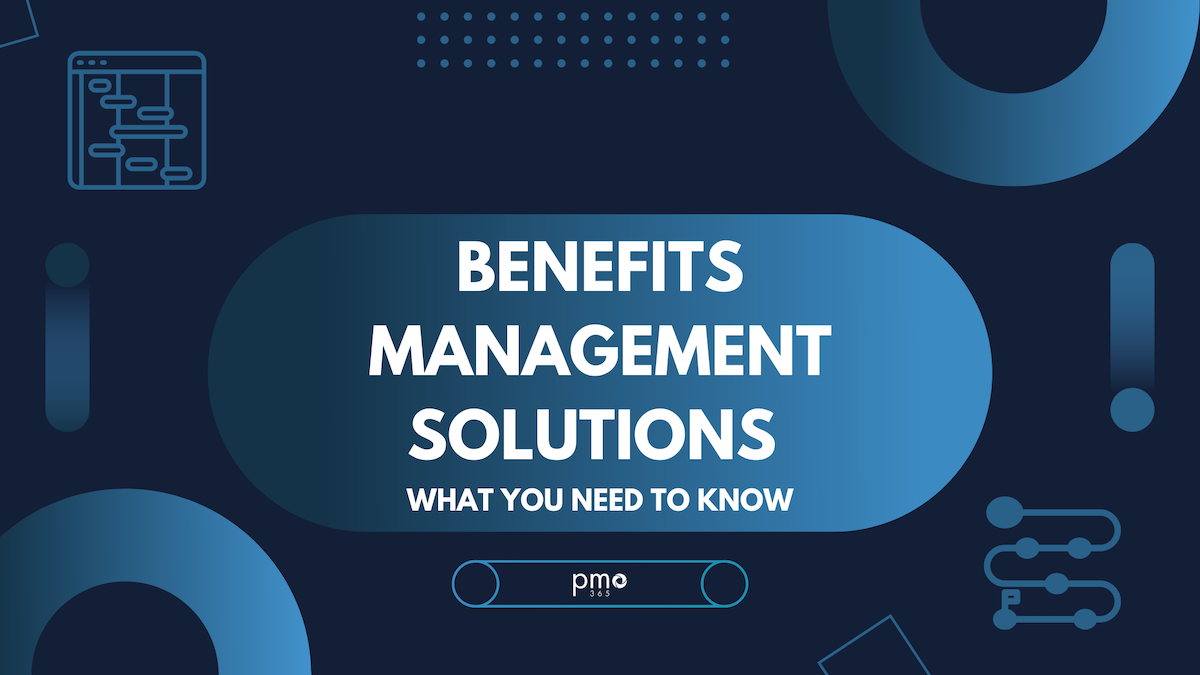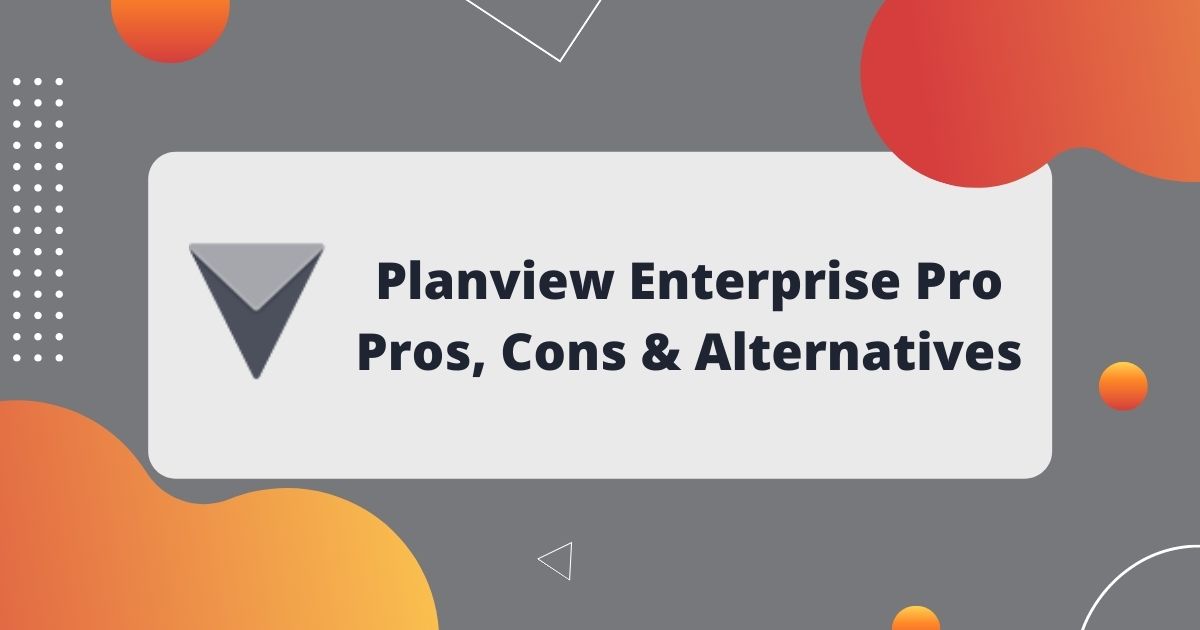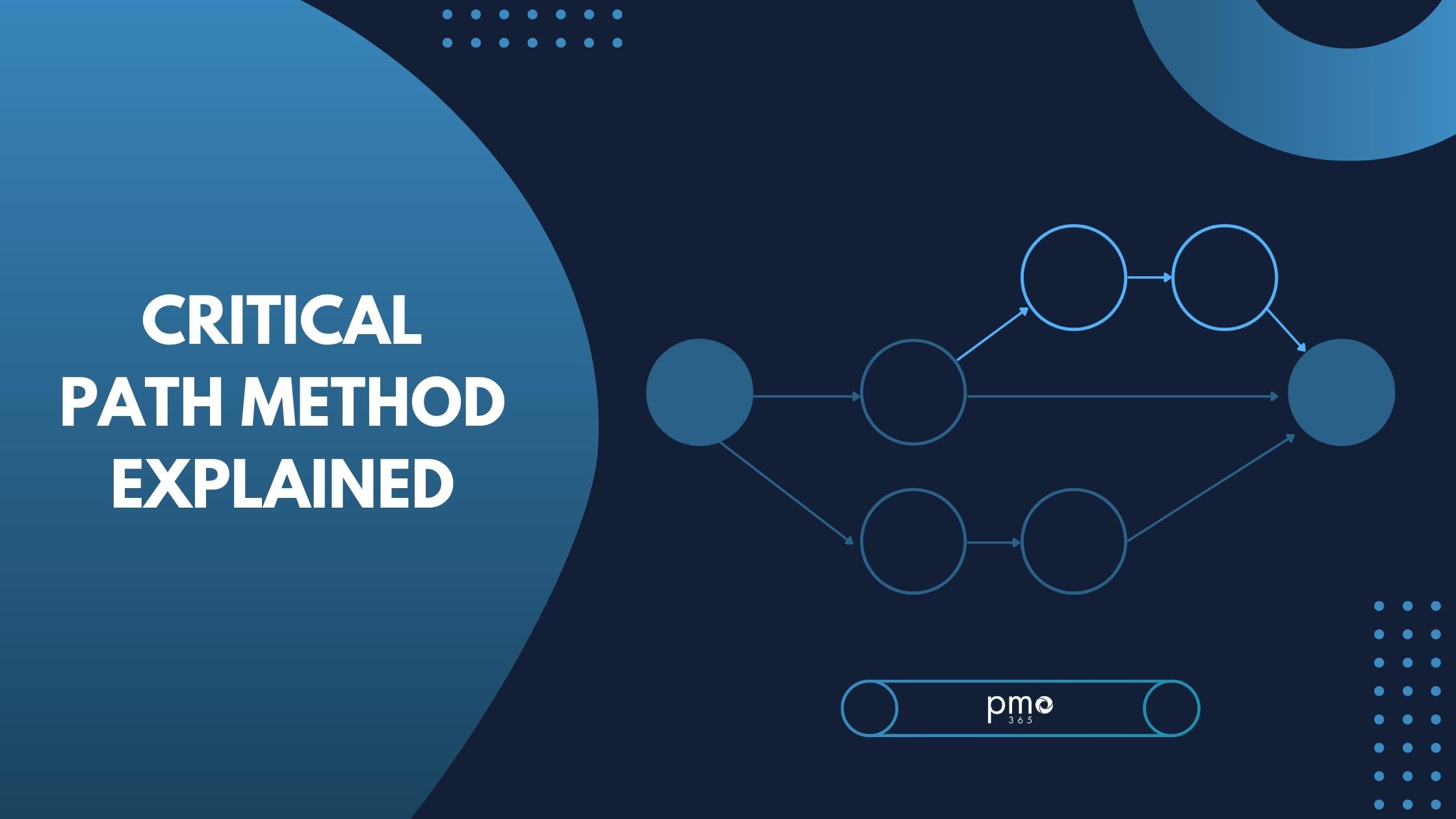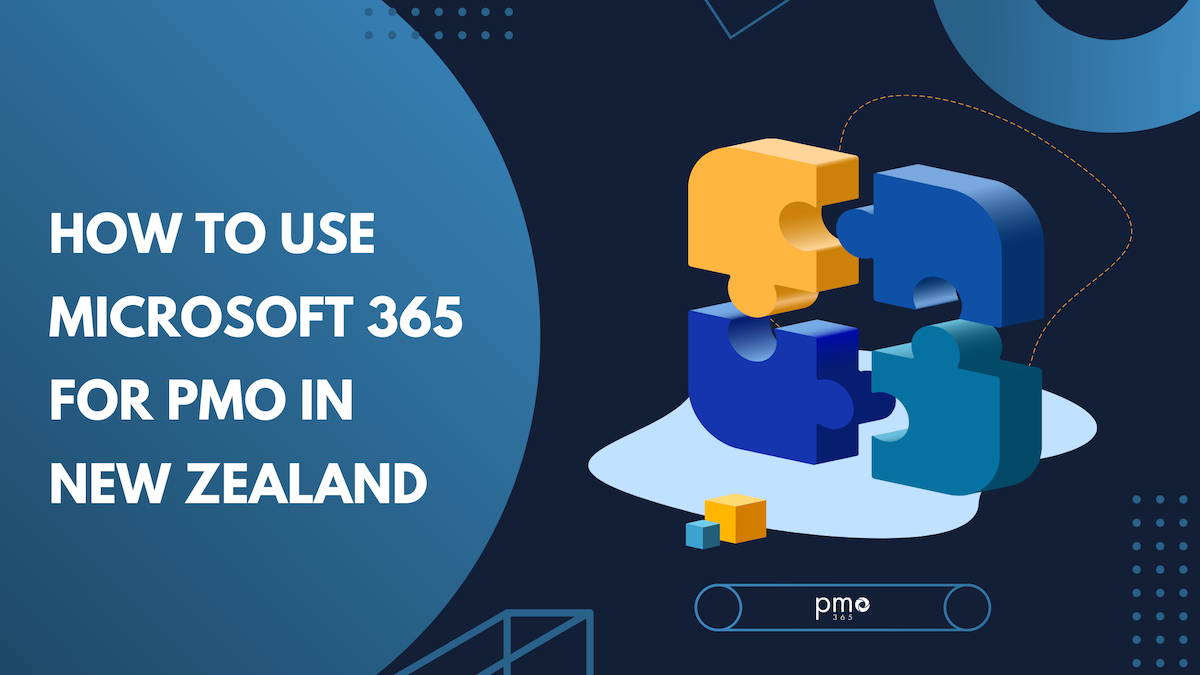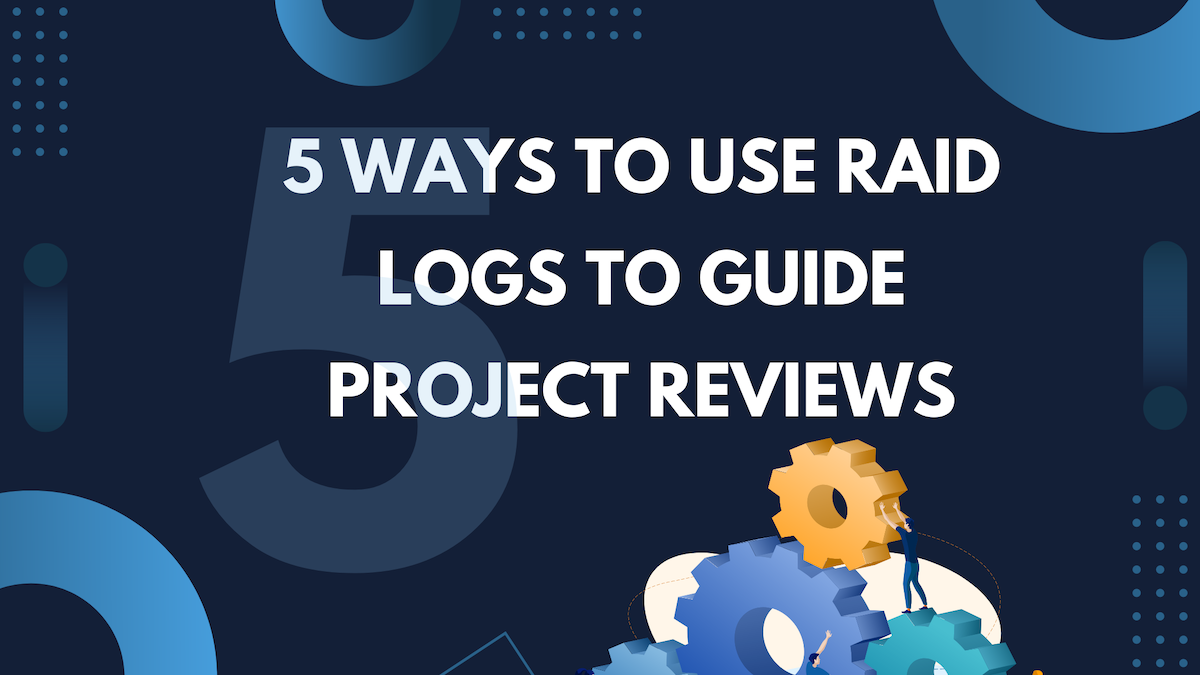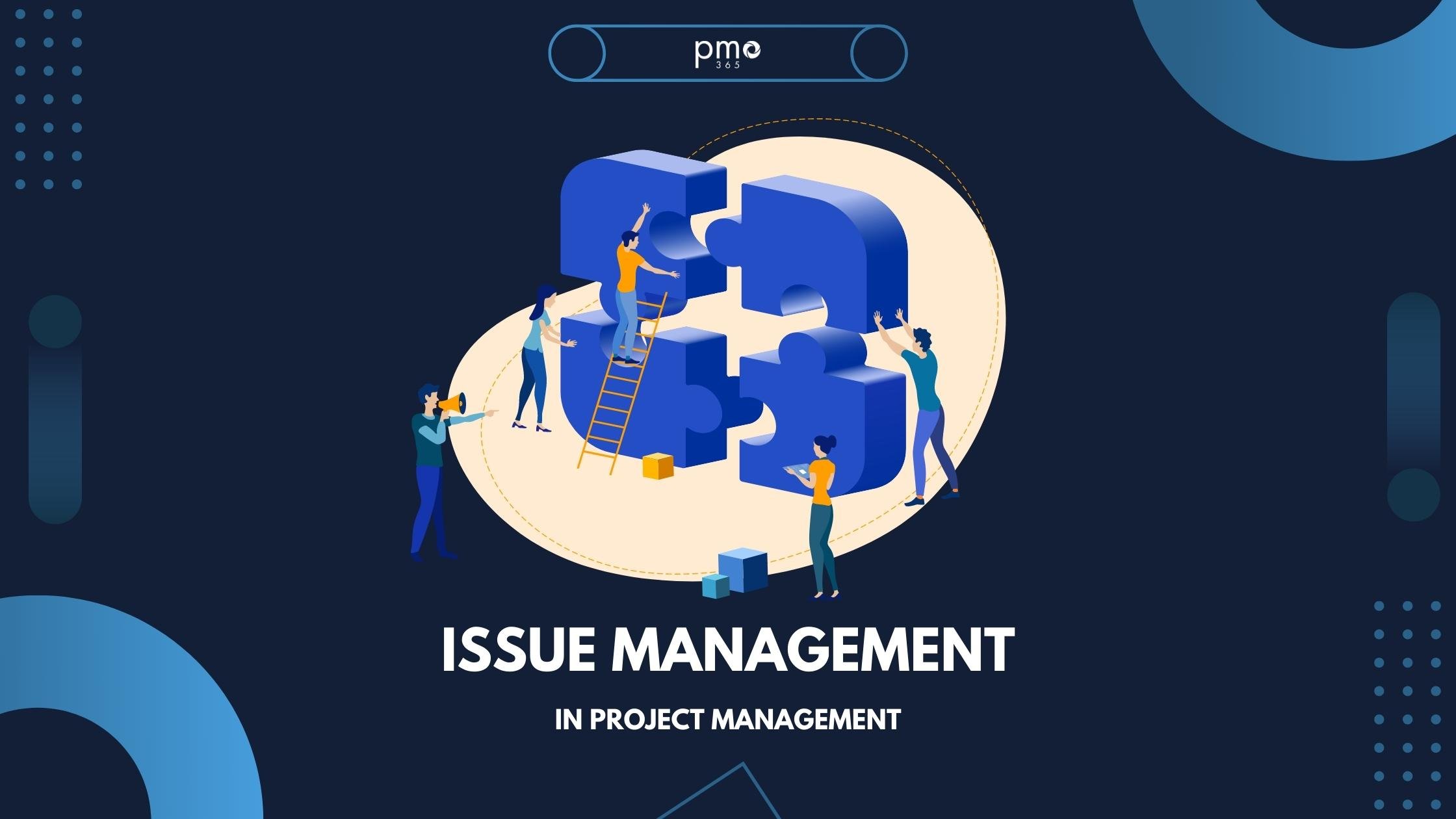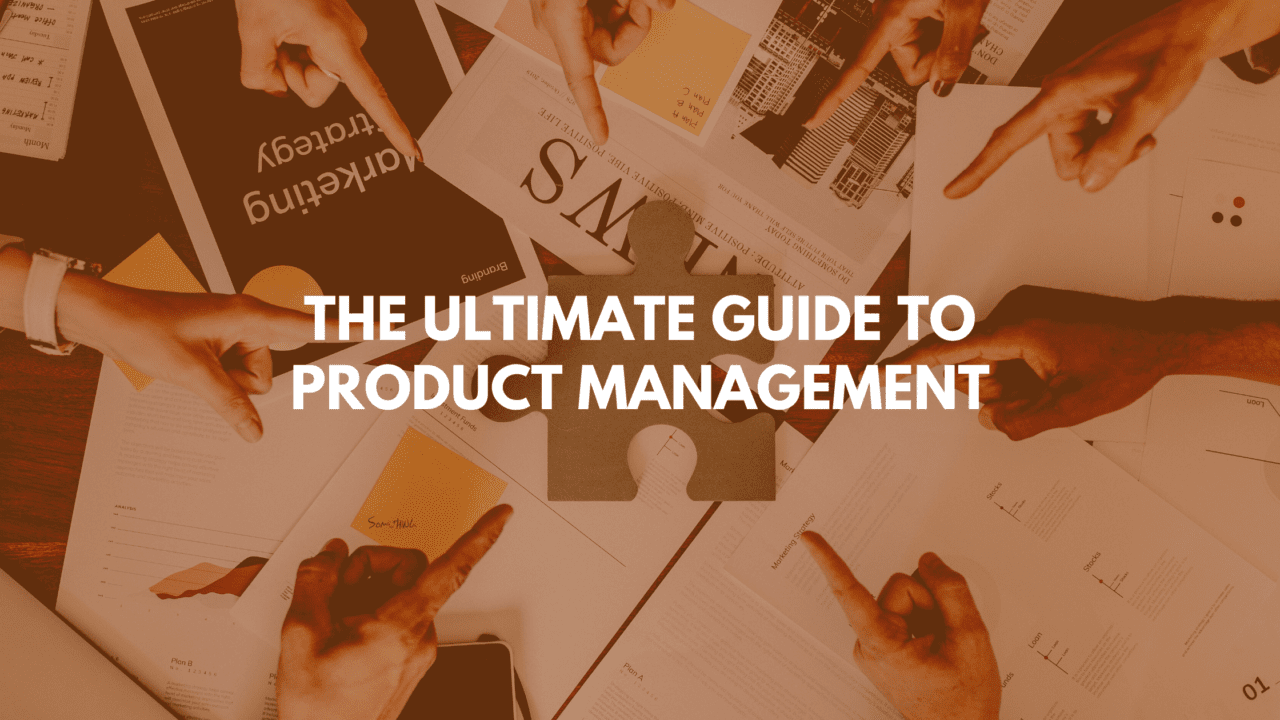As customer demands continue to change, we create project management methodologies to meet their demands. However, there can be a disconnect with the project management methodology used by employees and senior management. This is your introduction to Lean Portfolio Management, the bridge between Agile methodologies and the executive team in your organisation.
What is the Lean Methodology?
The Lean methodology is a subset of Agile/iterative methodologies that emerged in the Japanese manufacturing industry. Rather than a holistic set of practices and techniques, Lean is more of a set of foundational principles that inform the project process. The this methodology is built on three simple ideas:
- Deliver customer-based value
- Eliminate waste
- Continually seek improvement
From these three core ideas, five basic principles have emerged. This principles are what essentially defines the Lean process cycle.
- Identifying value: This involves determining the value of the product or service from a customer perspective.
- Value stream mapping: When considering your organisation’s workflow, your team can map out how different processes and people lead to value generation. This allows managers to spot areas that are not adding value, and therefore can optimise them.
- Creating a continuous workflow: This principle ensures workflows are smooth. Therefore, teams can remove bottlenecks, and maintain cross-functional teamwork.
- Establishing a pull system: the pull system is a Lean-specific technique that reduces waste within the production process. This system allows managers to only start new work if there is a demand for it. A pull system reduces overheads, and optimises storage costs.
- Facilitating continuous improvement: This principle ensures you and your team focus on improving your system as you continue to produce.
What is Lean Portfolio Management?
Lean Portfolio Management (LPM) incorporates the five principles of Lean to align business strategy with project execution at an enterprise scale. Much like other portfolio management approaches, LPM improves an organisation’s portfolio by applying values that emphasise flexibility, agility, and optimisation.
Several key objectives of Lean Portfolio Management include:
- Value maximisation: managing a portfolio’s backlog of investment to capitalise on the most value-adding opportunities.
- Bottleneck minimisation: ensuring resources flow to the most high-value opportunities in the portfolio.
- People-centric leadership: a servant leadership approach that minimises any additional barriers within the delivery cycle.
Lean Portfolio Management operates within three distinct dimensions:
- Strategy and investment funding: This principle ensures that project managers have aligned projects with organisational targets, and the organisation can fully finance them.
- Agile portfolio operations: Agile-based culture and practices allow teams to easily adapt to changes as they come, hence the importance of this principle in LPM.
- Lean governance: a lightweight and efficient governance approach that emphasises transparency, empowerment, and continuous improvement. In addition, it enables self-organising teams to make decisions and drive outcomes.
Benefits of Lean Portfolio Management
As you apply Lean Portfolio Management, you’ll reap benefits that other portfolio management approaches do not have. Some of these key benefits of LPM include:
Optimising value streams through reliable incremental delivery models
Rather than waiting for long-winded projects to reach their completion before they secure value, utilising the Lean approach ensures that organisations secure value at an incremental level across the portfolio. LPM encourages project managers to split large initiatives into small cycles, a process which secures the most value for organisations in an allocated time. This acts as a security net, as value streams are not contingent to the completion of any singular project.
Gaining flexibility and agility to react to the marketplace and customer demand changes
As markets change and customer demands shift, portfolios can quickly become irrelevant. The principles encourage flexibility and agility, thereby ensuring that an organisation’s portfolio remains relevant. Organisations apply these principles when they complete projects in an interactive manner. By approaching projects in such a way, organisations don’t bind resources to long-term projects. Therefore, project mangers can easily shift resources to value-adding opportunities as they arise. As a result, project managers can put projects on hold or restart them without jeopardising any value that the project has gained.
Achieving great customer satisfaction
Because of LPM’s shorter iterations and emphasis on customer satisfaction, project teams continually gather, evaluate, and incorporate feedback. This ensures that an organisation’s portfolio always meets an organisation’s targets and achieves the greatest customer satisfaction. Project managers can use insights gained from feedback to generate ideas for future projects, or as justification for organisations to abandon other initiatives.
Improving internal efficiency through greater team autonomy
While some approaches to portfolio management are based around numbers, the Lean methodology highlights the importance of people-centric approaches. Rather than implementing a top-down approach to task distribution and resource allocation, Lean encourages teams to have greater autonomy and control over what they can contribute and how they will do it. In the end, portfolios are built off teams, and highly functional and motivated teams get results.
Traditional Portfolio Management vs Lean Portfolio Management
While portfolio management approaches are centred on the same goal of optimising and maximising an organisation’s portfolio of investments, what exactly makes Lean Portfolio Management different from other approaches?
In the table below we have outlined some of the key differences between traditional and lean portfolio management in approach, philosophy and practices.
| Traditional Portfolio Management | Lean Portfolio Management |
| Projects and tasks are assigned in the top-down method | Teams actively participate in the decision-making process |
| Value is delivered upon the completion of the project | Value is delivered incrementally |
| Project requirements and plans are established before the work begins | Plans can be adapted to ensure maximum customer-based value |
| Plans are typically strictly followed and inflexible to change | Lean projects can be easily put on hold and resources diverted to the most value-adding activities |
| Portfolios fund projects with the help of project cost-accounting | Portfolio funds value streams with the help of lean budgets and guardrails |
| Projects are governed through phase gates or milestones | Project progress is measured by customer value and outcomes drive workflows |
Read more: A Guide to Project Portfolio Management
Key Elements of Lean Portfolio Management
So, after learning about the underpinning principles of LPM, what does the everyday use of Lean Portfolio Management look like? We’ll look at two critical aspects of LPM: LPM Operations and LPM Governance, and the different responsibilities of each.
LPM Operations
LPM operations involve the everyday activities performed by the LPM team or the project management office. These responsibilities include:
- Defining the mission: setting and recalibrating the objectives and strategic themes of the portfolio within a given timeframe, typically quarterly.
- Finding opportunities: seeking new ideas and turning them into new investment opportunities that are aligned to the strategic mission and objectives of the organisation.
- Targeting value delivery: building roadmaps that reflect market demand and forecasting the expected effort needed.
- Checking marketing compatibility: ensuring that incremental value delivered by the team is tracked and data is used to validate the initial value hypothesis.
LPM Governance
LPM Governance involves the various periodic reviews, typically quarterly or monthly reviews, conducted by LPM teams of the Project Management Office to ensure their activities and practices are achieving the goal of enterprise agility. Some key reviews include:
- Strategy alignment reviews: Project managers align all projects with the strategic objectives of the organisation.
- Portfolio budget reviews: Project managers ensure that budget allocations are supporting the overarching mission.
- Portfolio team retrospective: Project managers aim to improve the operation of portfolio leadership teams, and prioritise continuous value.
- Portfolio financial reviews: Project managers comparing spending trends to targets and guardrails. This is so the project teams maintain a closed-loop within agile budget cycles.
- Portfolio roadmap reviews: Project managers share updated roadmaps to stakeholders.
- Investment opportunity reviews: Project managers take part in sessions to approve funding for new investment opportunities.
Read more about Governance in an Iterative Environment here.
How to implement Lean Portfolio Management
Every organisation is unique with its own pre-existing contexts, practices and tools that may simplify or further complicate the implementation of Lean Portfolio Management. While a one-size-fits-all approach to LPM implementation might not always work, there are some general steps organisations take that can help you gain a better idea of where you can start in your LPM journey.
Here are some of the general steps to implementing LPM:
Step one: Find your leaders
Effective portfolio management requires a specific skill set and range of experience. The best way for you to start an LPM implementation is to build a strong portfolio leadership team. Finding high-performing teams of ‘servant leaders’ who abide by Lean principles is important. This is because it enshrines key values in the team’s decision-making process.
Step two: Secure funding
LPM introduces a major shift from funding projects to funding teams. This significantly changes the way organisations understand value, how teams work, and both value and teams align with strategic objectives. At this stage, its important to find out where different funding streams come from, and whether they fund general business operations or business investments. It is also important to understand how many independently funded strategies are pushing the portfolio.
Step three: Reorganise your operating structure
Just like organisations, leadership teams are also unique and will take different approaches to agile portfolio operations. It is important for portfolio leadership teams to chart out their future direction, clearly define their operating structure, and ensure that all structures embody lean principles and values. Check out articles on scaling up your Agile framework for your organisation here.
Step four: Create a lean workflow
Workflows and workflow management are critical aspects of LPM as they provide the framework for efficient project and organisational processes. Ensuring that your workflows apply Lean principles of customer value and reducing waste is a powerful way to reduce inefficiencies in your portfolio.
Using workflow management tools with specific pull systems like Kanban boards or Gantt charts helps teams visualise their processes. It also allows them to address potential bottlenecks easily and early.
Step five: Continuously improve with process adjustments
No one gets to a golden recipe in one try. It takes continual trials and improvements to get to a winning recipe. Ensuring your portfolio leadership team has a defined process to implement, review and evaluate process adjustments for operational excellence.
Step six: Celebrate your accomplishments and improvements
The best part of LPM is that value and growth can be measured incrementally. So, be sure to celebrate accomplishments and improvements as they come. Whether it’s through positive feedback from retrospective reviews or productivity highlights across different teams, these are achievements to acknowledge. Building a positive and supportive environment helps all teams become more invested in LPM initiatives.
Start tapping into Lean Portfolio Management today!
Lean Portfolio Management is becoming an increasingly attractive option for organisations that are seeking flexibility and agility. Applying Lean principles has the ability to ensure more reliable value delivery and reduce the time needed to secure customer value. In addition, it also gives teams the flexibility they need to respond to market changes. LPM charts a clear route for organisations that want to maximise these advantages while also bringing greater alignment within their organisation.
If you want to learn more about Project Portfolio Management techniques, check out pmo365‘s blogs or chat with our PPM experts.



